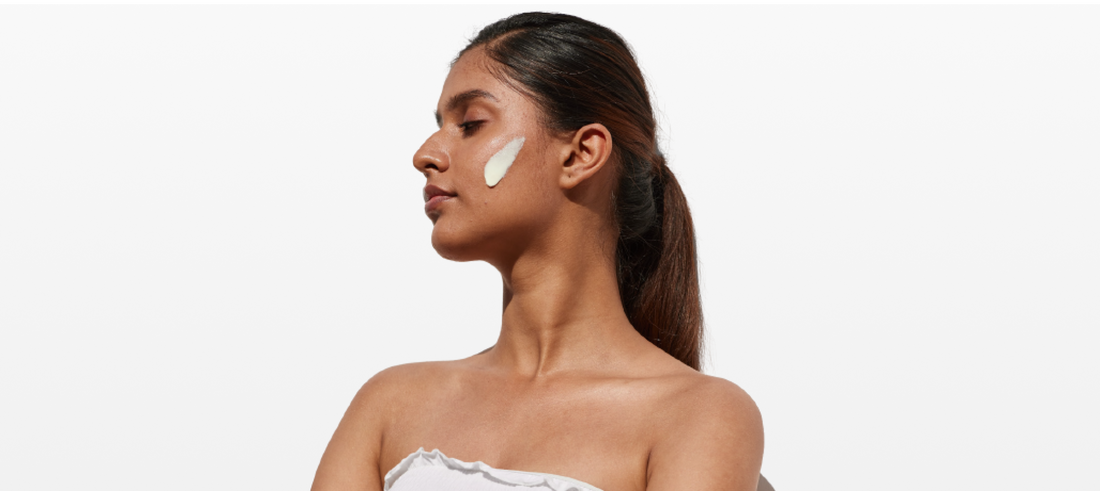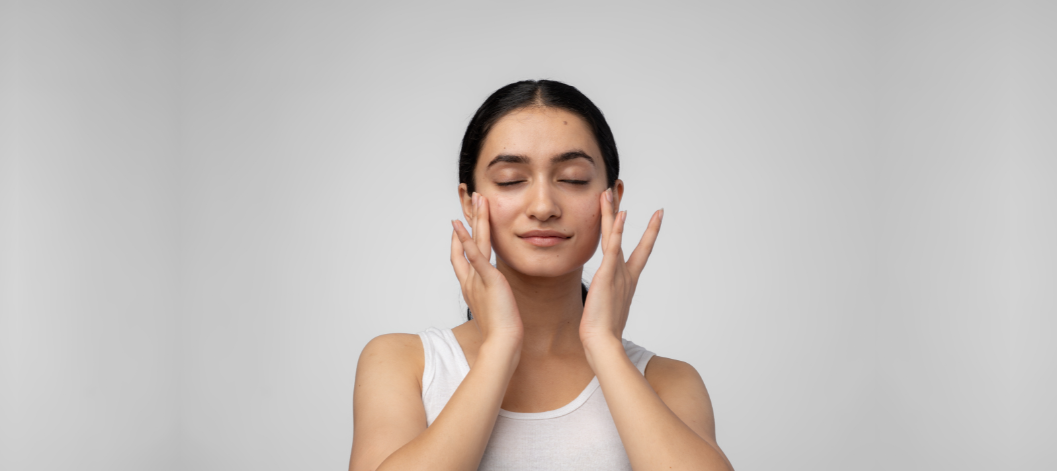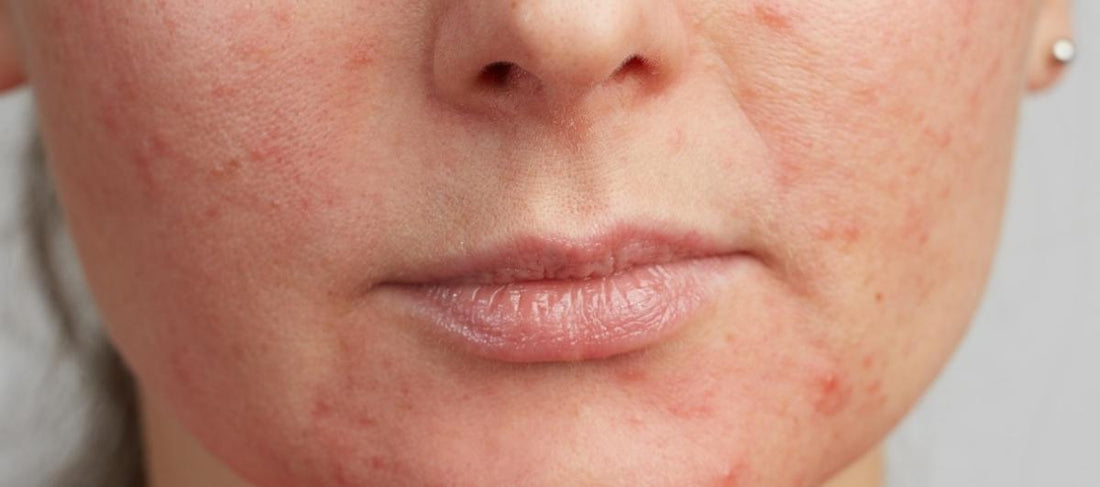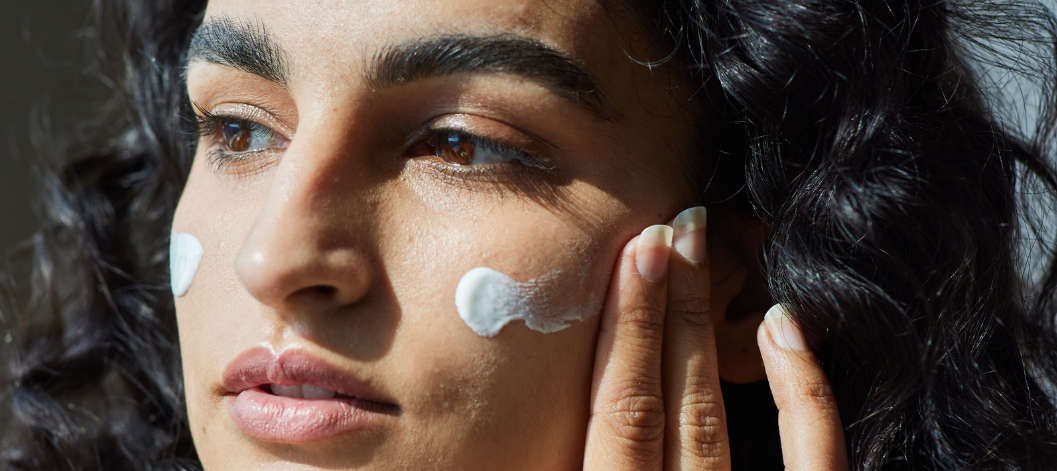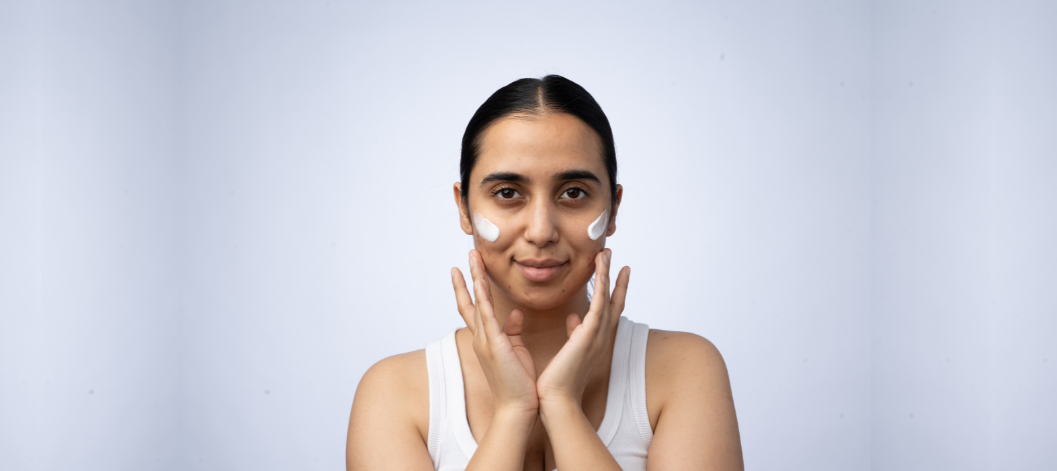Retinol is THE HOT TOPIC!
It's the star skincare ingredient that answers to many of our skin problems. We put it on night after night, dreaming of even textured and youthful skin.
But, instead of the promised land, we somehow end up in the irritation desert. Fear not! You are not prone to Retinol’s side effects; you just made a few mistakes while using it.
Let's uncover why your retinol routine isn't delivering results so you can revive your skin's vibrancy.
7 ways you are turning Retinol into a villain
To reap the benefits of this miraculous ingredient, steer clear of these common mistakes, especially if you are a beginner.
Not doing a patch test
Conducting a patch test is crucial before introducing your skin to potent ingredients, including Retinol. This test serves to identify potential allergies and determine your skin type.
Based on that, you can make informed choices regarding the appropriate product and concentration tailored to your skin type.
You are not using the right concentration
Not all Retinol products sold over the counter are the same.
Retinol is available in various concentrations, from 0.1% for beginners to 0.5% and beyond for advanced users. Many, while incorporating Retinol into their skincare regime, make the mistake of picking the wrong concentration, leading to potential skin irritation and redness.
I recommend you consult a Dermatologist to know which percentage of Retinol is right for you.
If you are new to Retinol, start low, such as 0.1% and gradually increase the concentration with time.
Using Retinol incorrectly
It's not rocket science.
You apply pea-sized Retinol cream at night, 30 minutes after you wash your face with a gentle cleanser and lukewarm water.
Simple, right?
But did you know that you are not supposed to apply Retinol near your eyes, mouth and nose (no-go zones)?
The skin around that particular area is sensitive and does not appreciate the intensity of Retinol. So stick to the forehead, cheeks, and neck.
Moreover, after Retinol, apply a gentle and nourishing moisturiser. This combats dryness and sensitivity, boosting comfort and Retinol's effectiveness. Trust me, your skin will thank you the next day.
Not using a sunscreen

Retinol induces photosensitivity in your skin, making it more prone to sunburn. Hence, sunscreen is crucial.
Maintaining a generous application of SPF throughout the day not only preserves the efficacy of Retinol but also prevents adverse reactions due to sun exposure.
Moreover, sunscreen protects the recently exposed new layer of skin. As Retinol removes dead cells, paving the way for new ones, the freshly revealed, thin, and delicate skin becomes more vulnerable to sun damage.
So make sure to use SPF 50 with a PA++++ rating for optimal protection.
Mixing Retinol with other exfoliating acids
DO NOT mix Retinol with -
- Benzoyl Peroxide
- Vitamin C
- AHAs (Alpha Hydroxy Acids) and BHAs (Beta Hydroxy Acids)
Along with these, be cautious with any ingredient you use with Retinol.
Especially, avoid pairing Retinol with exfoliating ingredients, as they are more prone to causing irritation and dryness.
Instead, consider incorporating Hyaluronic Acid, Niacinamide (vitamin B3), and Ceramide.
Using it too much
I get your excitement—you learned how Retinol boosts elasticity, fights fine lines and wrinkles and targets acne—getting carried away is easy.
However, bear in mind that Retinol is most effective in small quantities. Excessive use of Retinol can be detrimental, leading to potential issues such as irritation, redness, and dryness. Apply a pea-sized amount to your entire face.
Leaving Retinol during the Retinization phase
Retinization phase: During the initial phase of Retinol, your skin adjusts to the increased cell turnover, resulting in potential side effects including redness, purging, and dryness.
However, many mistake the Retinization phase as the final outcome of using Retinol, which is not the case. In a few weeks of consistent use, the mild side effects diminish, revealing positive changes.
Therefore, I advise starting with a lower concentration and staying persistent—though gradual, results are highly worthwhile.









